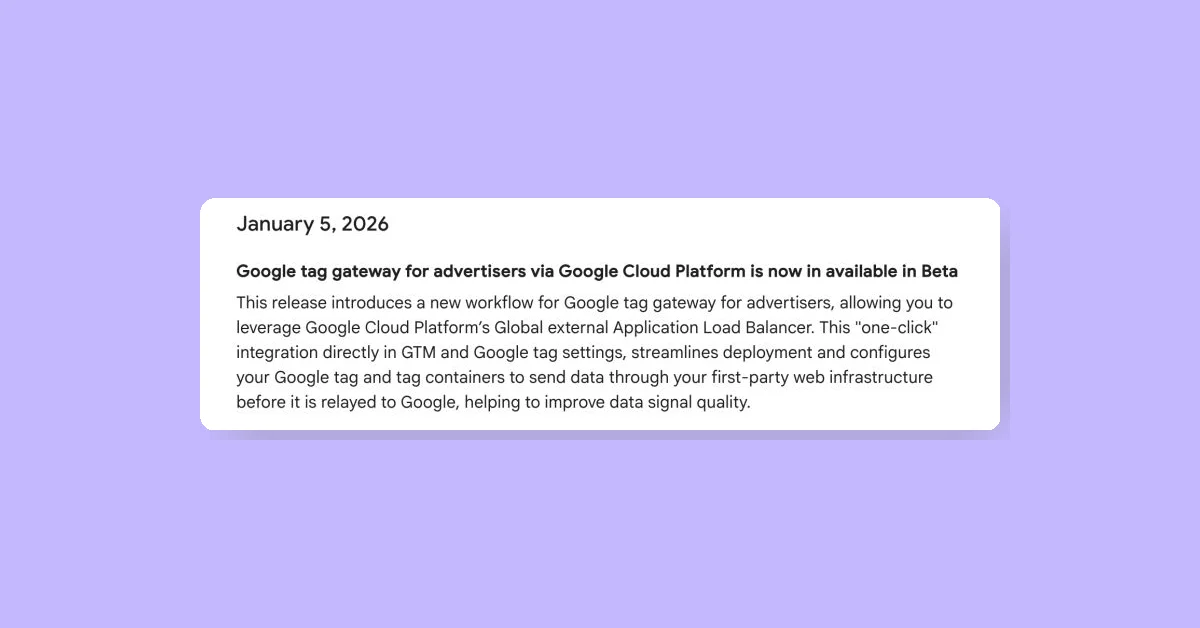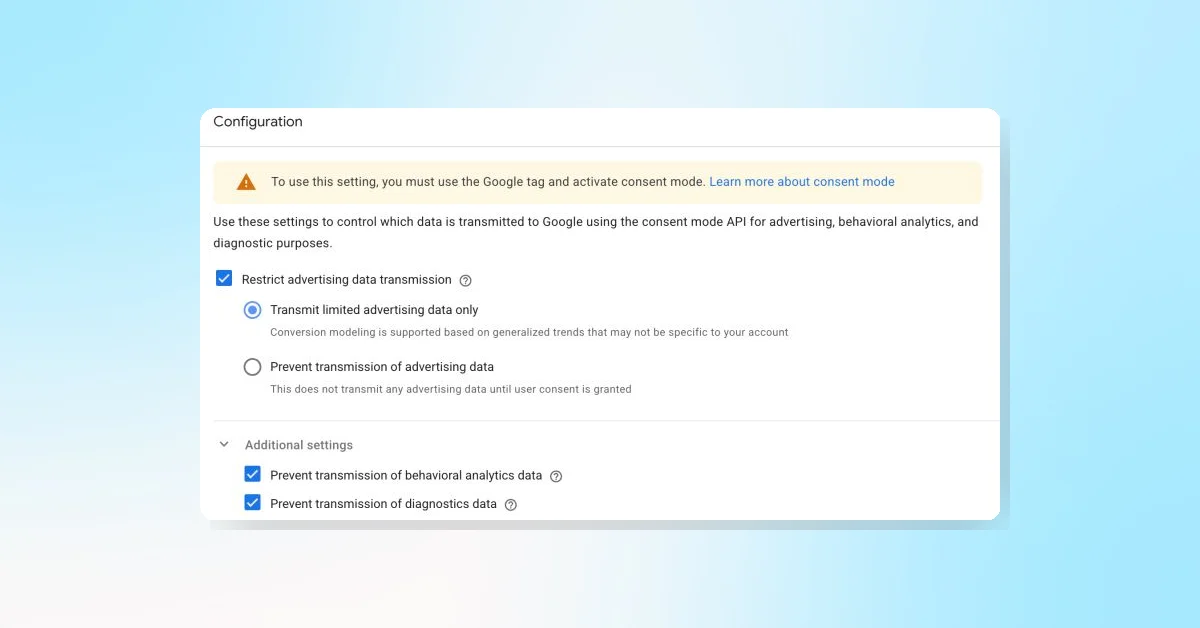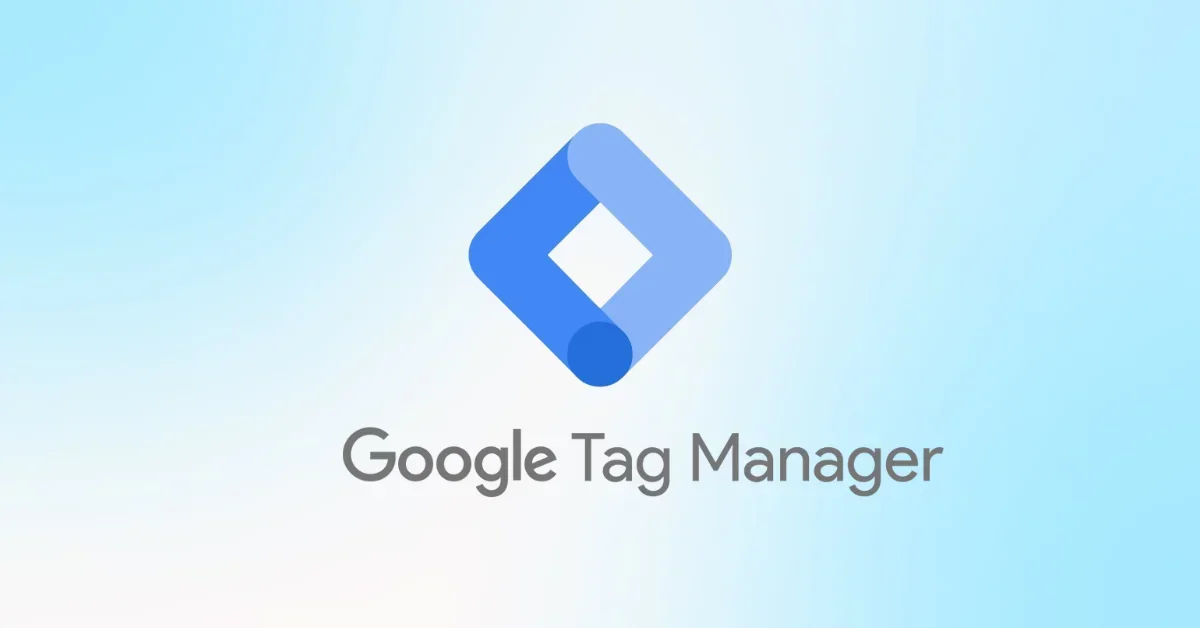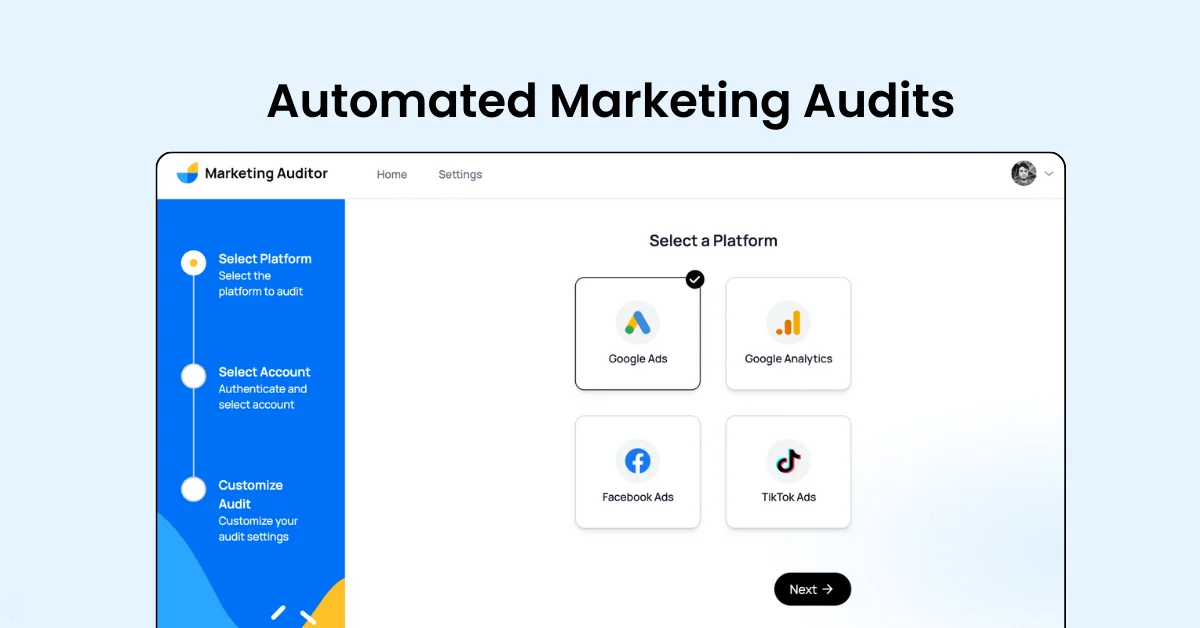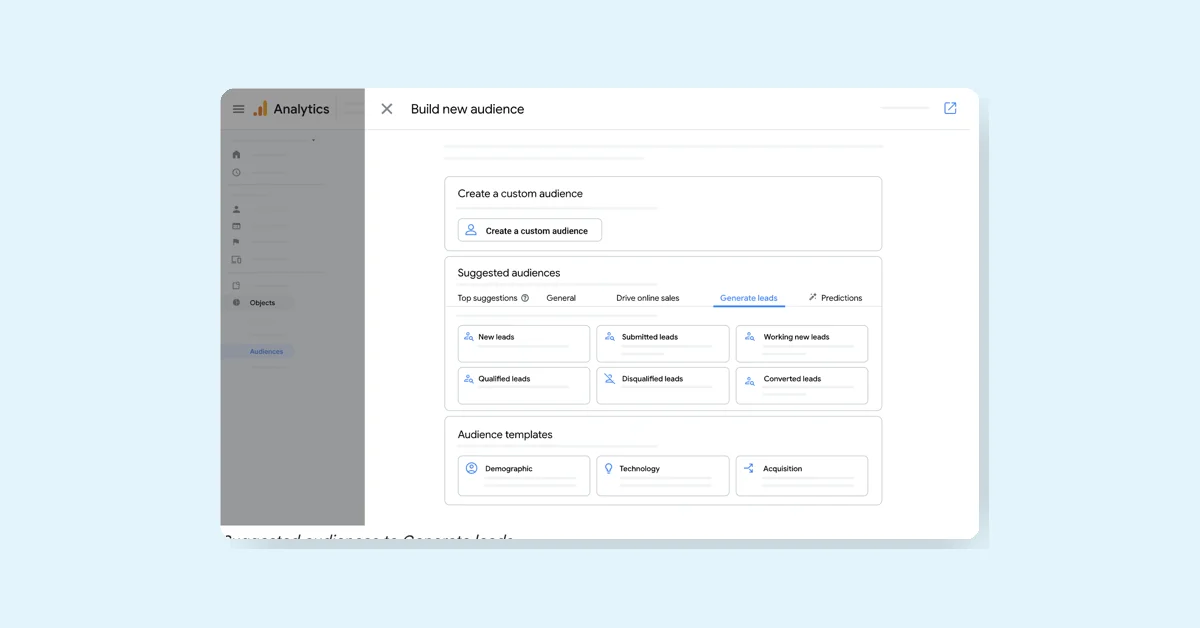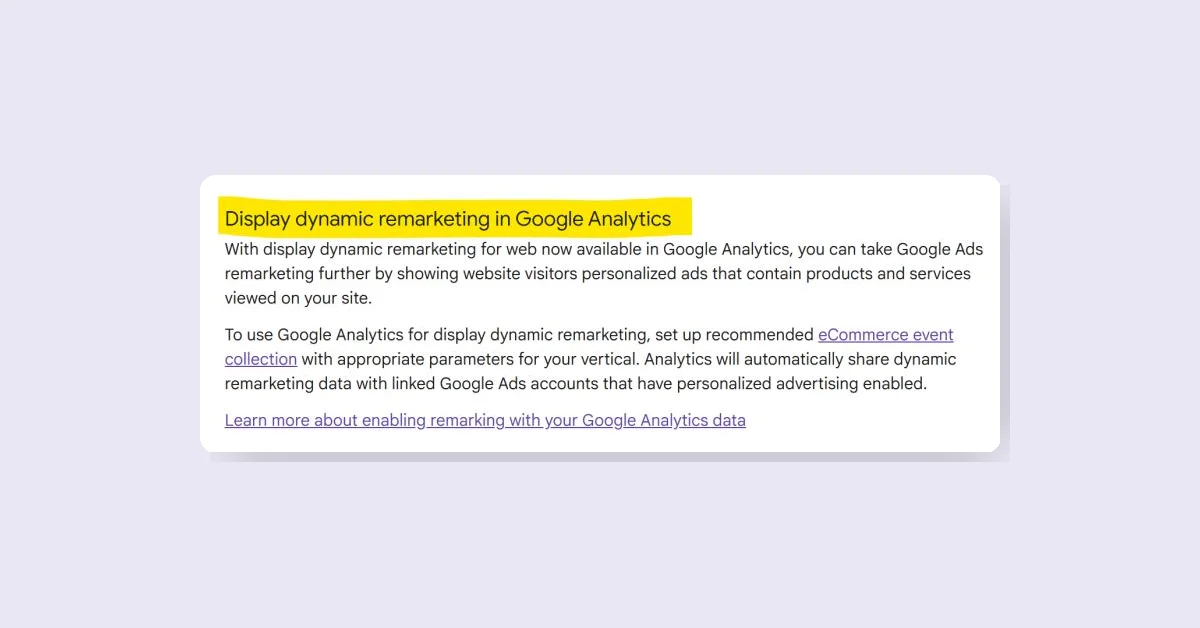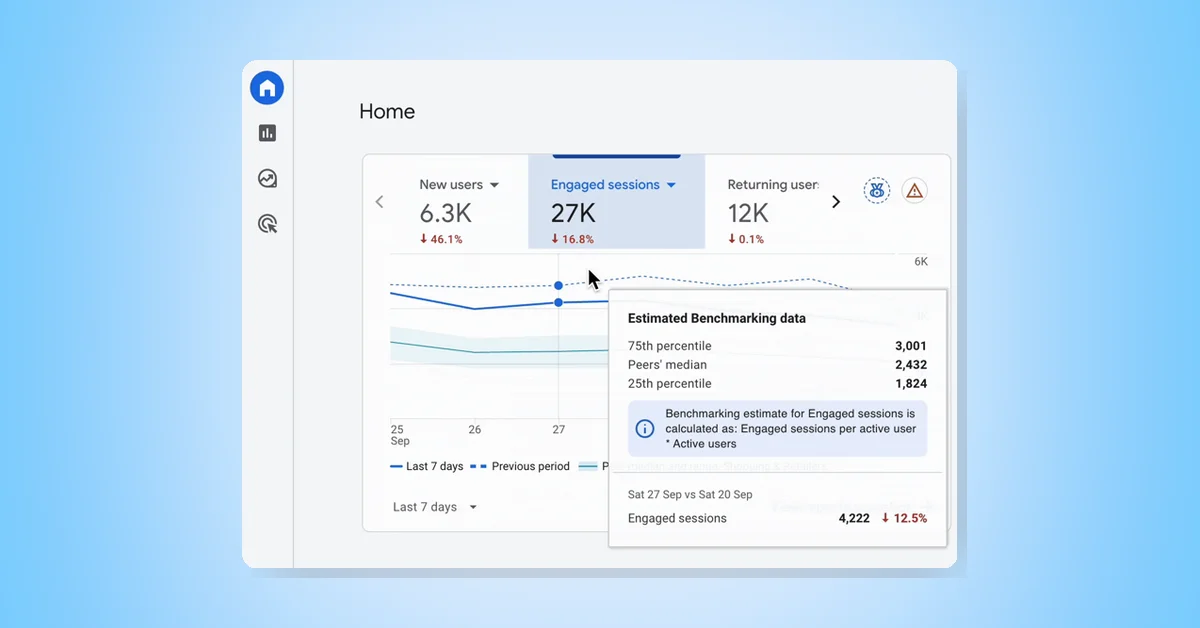Website iFrame integrations with GA4 often lack control over the data being passed, leading to broken client and session IDs and inaccurate data. This disconnects iFrame events from the rest of the user's journey. A server-side GTM (sGTM) consent-ready solution is proposed to address these issues, ensuring full control over data and seamless integration.
Common Issues with GA4 iFrame Integrations:
- Broken reporting identity (client/user IDs)
- Broken sessions
- Inflated metrics due to the above
- No consent management
- No server-side/sGTM options
Proposed sGTM GA4 Event Tracking Solution: This solution leverages server-side Google Tag Manager (sGTM) and robust consent management for better data control and integrity. To implement this, you need the ability to inject your own GTM container alongside the iFrame on your page or a vendor willing to implement a set of JavaScript snippets based on the events that need tracking.
Comparison of Common Third-Party Integrations and Proposed Solution: Common third-party GA4 analytics integration setup involves setting GA4 stream ID in the UI and having GA4 scripts in iFrame that send events through that stream ID. This setup often breaks reporting identities and sessions, resulting in bad data.
The proposed solution uses the built-in communication features of iFrames. The vendor iFrame communicates event messages to your website, operating like a normal dataLayer push, allowing you to trigger the events of your choice. You gain full control over the data, including adding event parameters that fit your data model, incorporating user consent settings and routing the hit to your server-side endpoint. This ensures accurate and connected data throughout the user’s journey, providing a robust and reliable GA4 event tracking setup. This flexible approach also opens up potential use cases beyond the scope of this post.

